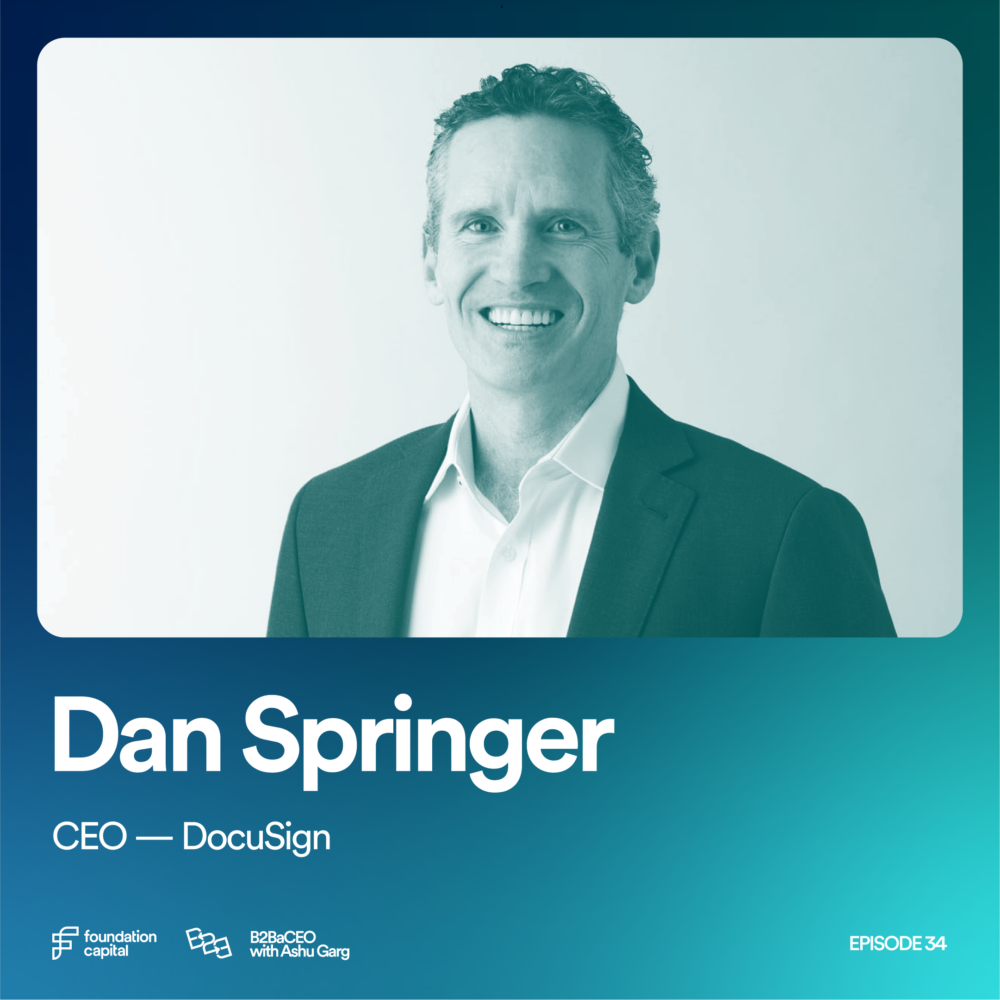Episode 33
How to Scale Product-Market Fit
With Rob Bernshteyn, CEO & Chairman of Coupa Software
By Ashu Garg
09.15.21

Rob Bernshteyn’s definition of product-market-fit is having “the least lines of code with the maximum amount of value and the highest willingness to pay for that value.” Rob is the CEO of Coupa, the leading business-spend management platform. He’s a product-led and metrics-driven CEO. So, naturally, this conversation is all about product and SaaS metrics. In this episode, Rob unpacks his definition of product-market fit and talks about his formula for scaling a SaaS company to a billion dollars.
I. The Recap
The Definition of Product-Market Fit
Rob on the defining characteristics of product-market fit (PMF):
- You’re working with the least lines of code as possible.
- You’re delivering the highest value.
- You have customers willing to pay for that value.
The metrics for measuring PMF vary depending on the stage of your startup. According to Ashu, if you have more than 10 enterprise customers paying you more than $100K who are mostly using your product in the same way, he believes you have found “early PMF.”
Rob Joins Coupa
When Rob joined Coupa, he saw it as a huge opportunity to move the company, and the business category more broadly, to the cloud. From his perspective, there are four main categories of enterprise software that require management: your customers, your employees, your financials, and your business-spend management. The first three categories were already dominated by major SaaS players, but he quickly realized that the fourth, business-spend management, was fragmented and ripe with opportunity. So, Rob got to work. Five months after joining Coupa, he raised a round and began building out a plan to take the company public. Eleven years, several fundraising rounds, and an IPO later, Rob is still leading Coupa.
Advice for Founders Looking to Improve Their “SaaS Magic Number”
For those unfamiliar, your SaaS Magic Number is defined by measuring your growth in revenue with respect to your cost spent on sales and marketing. Rob recommends being thoughtful about how you’re spending your discretionary marketing budget and consider this spend just as important as your sales spend. When done right, marketing is strategic sales.
What Makes for an Exceptional Product Manager?
- Accountability and ownership over their product
- Strong decision-making skills
- Ability to balance the needs of customers with innovating
- A good working relationship with their developers
The Mindset of an Entrepreneur
As an early-stage founder, you are the one accountable for keeping the train running on course. You may be swayed one way or the other by your team, your investors, or others, but ultimately you are the one in charge. You should surround yourself with people who believe in you and your vision.
Building Your Leadership Team
In the early days, the CEO should be the best sales professional on the team. Next, find sales leaders whom you trust and would buy your product from. As you scale, keep a close eye on your early-stage team to determine whether they will be capable of growing with you or not. Set measurable goals during each stage of growth. Your job as a CEO is to help your team achieve those goals and set them up to succeed in the roles that are right for them.
Published on 09.15.21
Written by Ashu Garg


